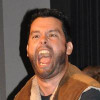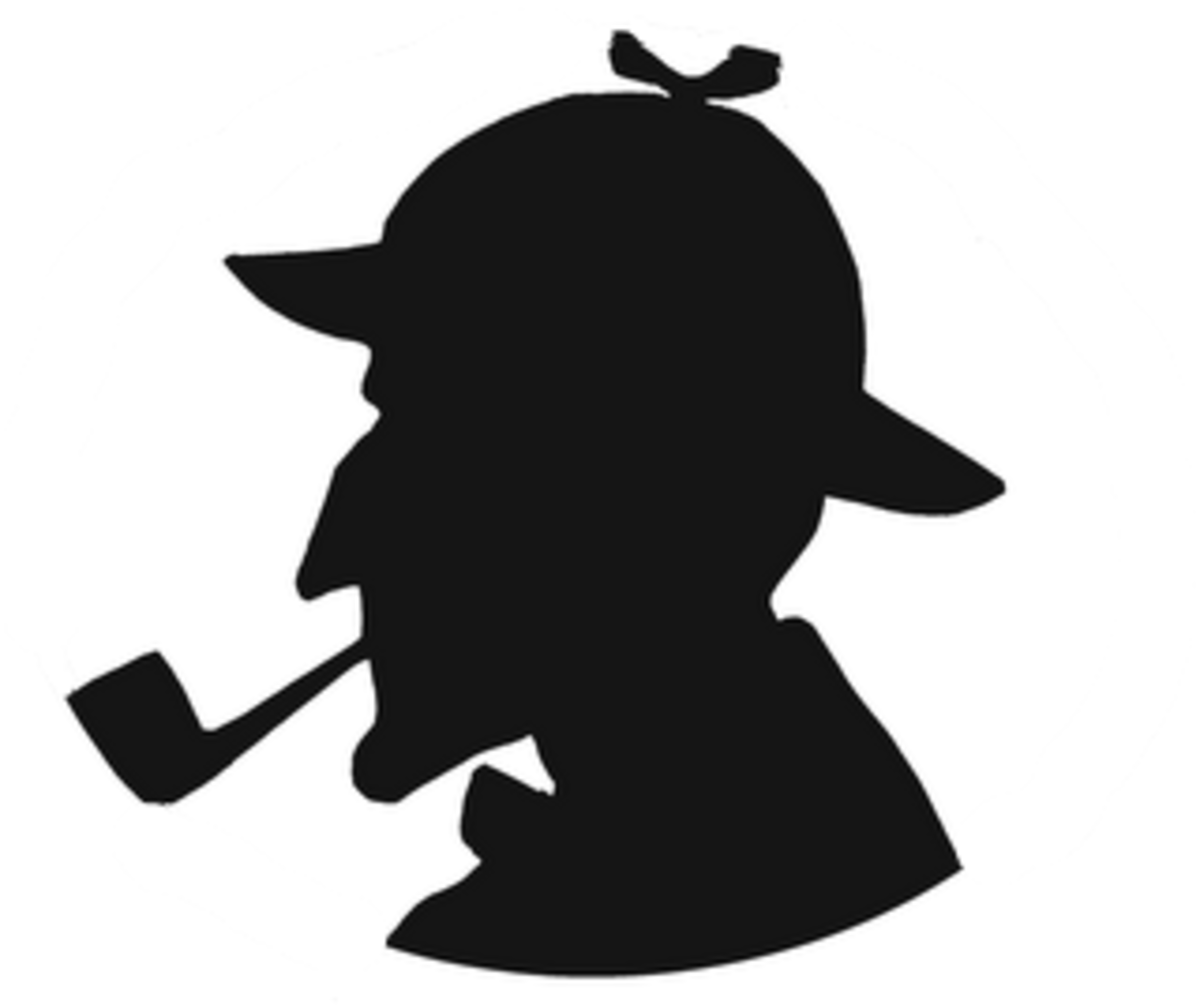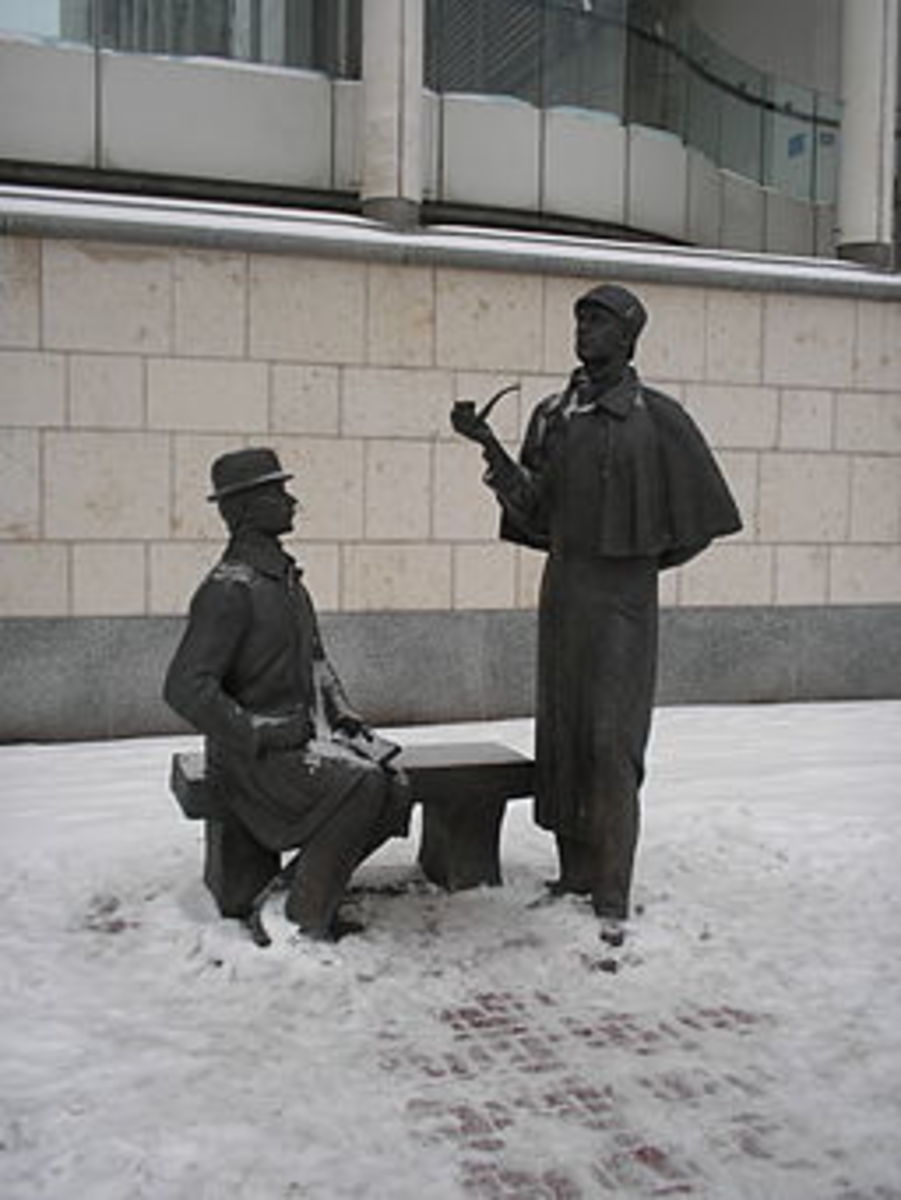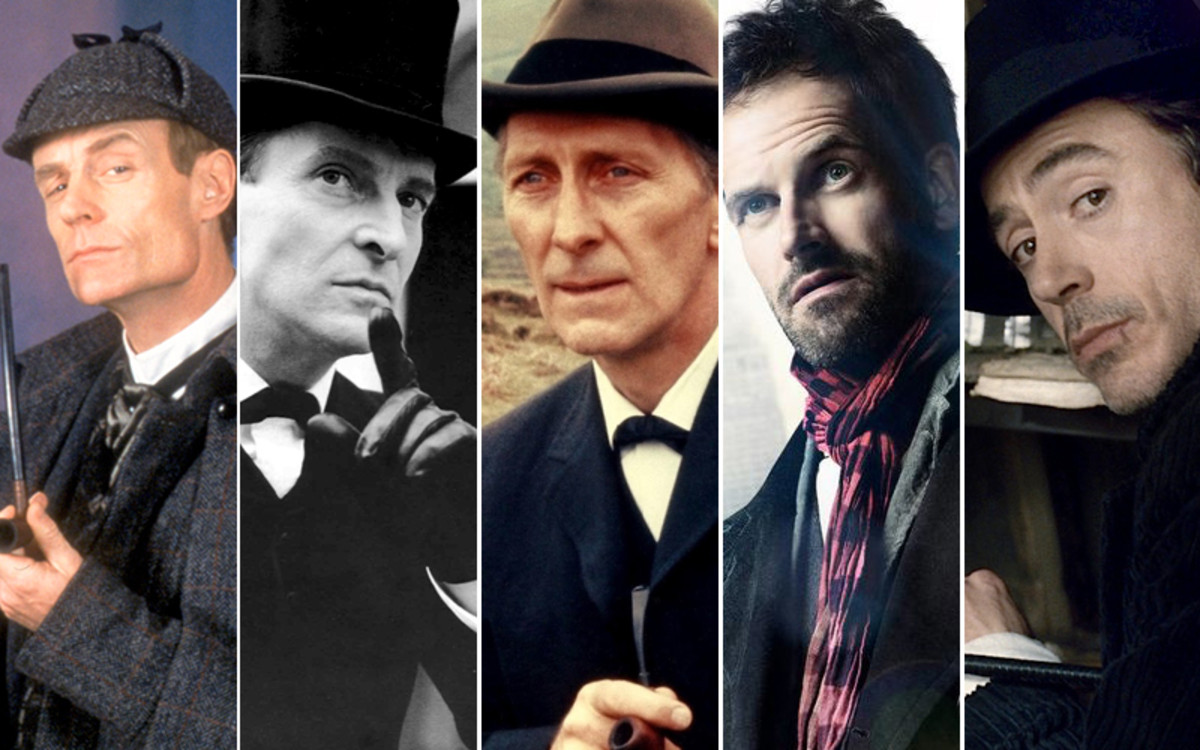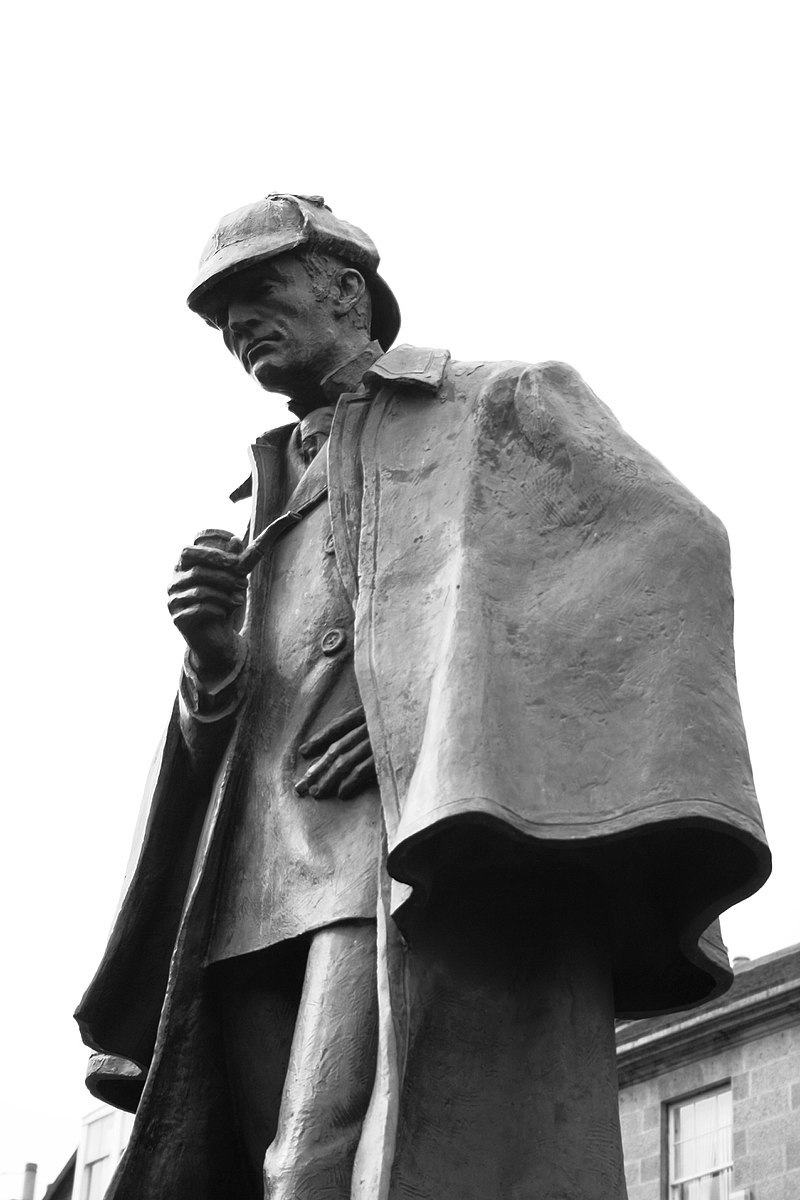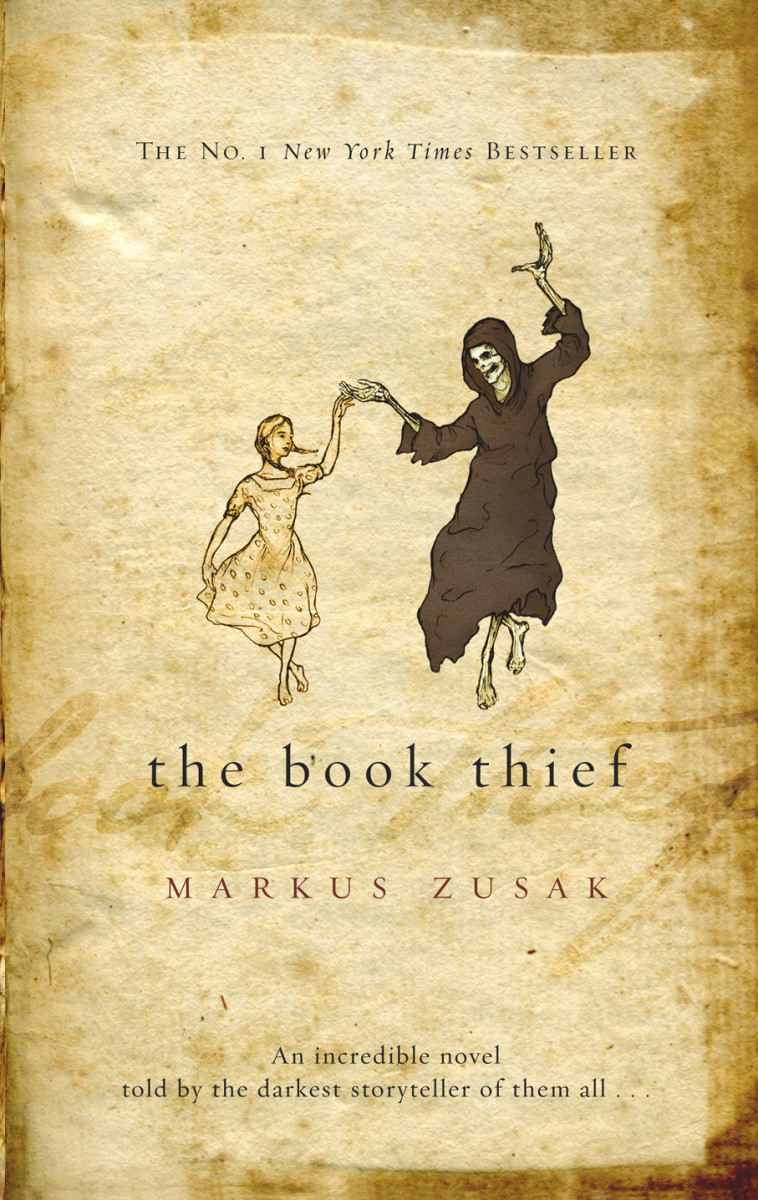Book Review of _Moriarty_ by Anthony Horowitz
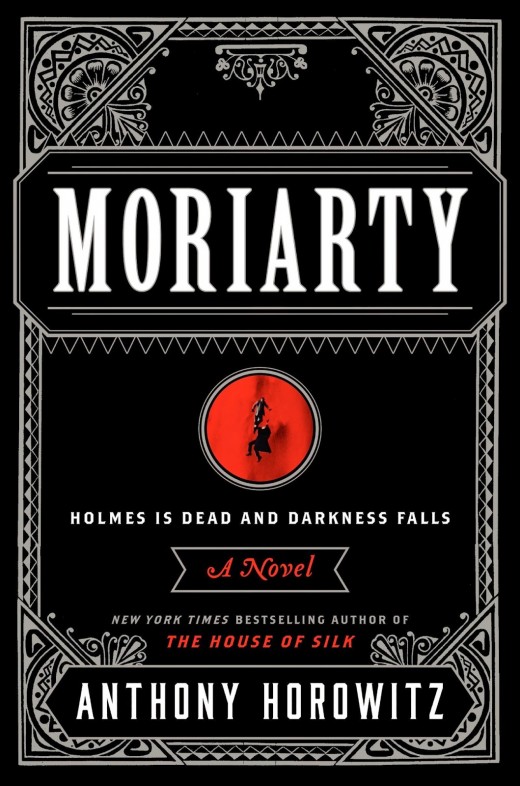
"Does anyone really believe what happened at the Reichenbach Falls?"
— Franklin Chase in _Moriarty_Moriarty by Anthony Horowitz
Anthony Horowitz’s follow-up to The House of Silk, Moriarty has the distinction of being authorized by the estate of Sir Arthur Conan Doyle, making it more or less an official part of the Sherlock Holmes canon. Unlike The House of Silk, Moriarty takes place in a world without Sherlock Holmes, shortly after his epic fall into Reichenbach Falls and his assumed death which eventually becomes known as “The Great Hiatus”.
Moriarty attempts to be a Holmes book with little-to-no actual Holmes and only mentions of Watson. It is the legacies of Holmes and Moriarty that take center stage, and interestingly, the book seems as much about those as about its action-packed plot.
Writing a successful Holmes book endorsed by the Conan Doyle estate yet with no Holmes seems like a difficult task, but Horowitz pulls out the stops, constructing a labyrinthine maze of mysteries within mysteries and confusing it all with smoke and mirrors. Part ingenious homage, part cheap parlor trick, Moriarty should interest most Holmes devotees.
Plot
Shortly after Holmes’ and Moriarty’s famous and supposedly-fatal plunge, Athelney Jones-- a detective from Scotland Yard who has dedicated himself to the techniques of Sherlock Holmes-- joins Pinkerton detective Franklin Chase in hunting down an American criminal, Clarence Devereaux, who apparently plans on taking the reigns of Moriarty’s shadowy, underground empire.
Chase and Jones meet over the alleged corpse of Moriarty, and Chase explains that he has followed a lead regarding a planned meeting of Devereaux and Moriarty. The two decide to cooperate and collaborate and apprehend the mysterious Devereaux before he can succeed Moriarty as the new (but more brutal and exceedingly violent) Napoleon of Crime. The case leads the two protagonists through a puzzle comprised of coded messages, murderous children, a pair of cold-blooded brothers, a mansion of slaughtered corpses, and-- perhaps the most horrific of all-- the American Embassy.
Meanwhile, Horowitz peppers plenty of Holmesian easter eggs every step of the way, name-checking classic characters and hinting at the possible presence of Holmes at the story's fringes.
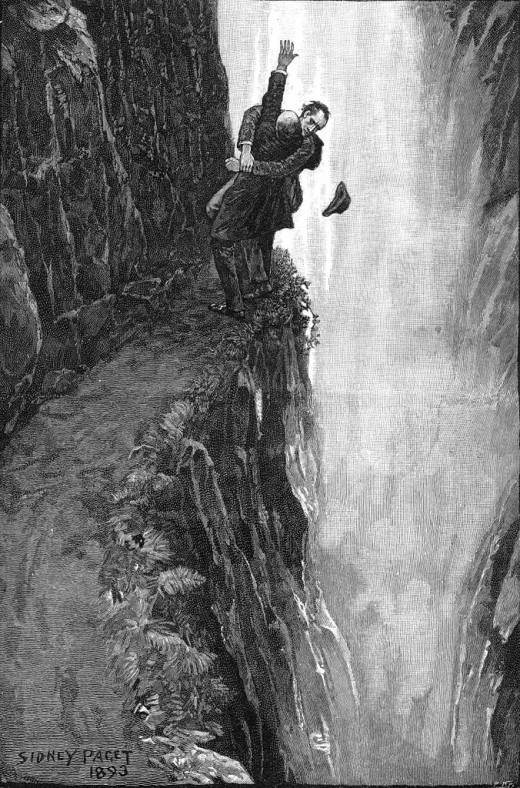
Characters
Franklin Chase serves as the book’s narrator, and Jones often compares Chase to Holmes’ Watson. Like Watson, Chase is given a relatively broad background so that the reader (and Jones) can color in the outline as one sees fit. Chase writes in a more neutral tone than Dr. Watson and while admitting his admiration for Athelney Jones, Chase never seems to follow Jones with his jaw constantly dropped or with complete incredulity at Jones’ deductions. Chase seems to take a more skeptical and decidedly “American” point-of-view and never hesitates to describe the novel’s more violent turns in macabre detail.
Athelney Jones appeared briefly in Sir Arthur Conan Doyles’ "The Sign of Four" in which Holmes-- in classic Holmes’ style-- promptly made Jones appear the fool. In Moriarty, Jones has taken this embarrassment to heart and styled himself after the World’s Greatest Consulting Detective in the hopes of self-redemption. Jones has read everything Holmes has published, turned one room of his home into a makeshift laboratory/library, and applied Holmes’ art of deduction to all of his cases; yet Chase has a habit of reminding the reader that Jones, while intelligent and often apt at using Holmes’ techniques, is no Sherlock Holmes. Jones is a family man (whose wife wishes he would quit Scotland Yard and finds his Holmes obsession unhealthy) and has a debilitating condition, meaning that Jones is nowhere near the physical specimen of Holmes. Despite not quite stacking up to Sherlock, Athelney Jones proves to be the novel’s most sympathetic and likable character.
Claude Devereaux, the novel’s villain, prefers to scheme in the background darkness... mostly due to the fact that he is an agoraphobic with a fear of open spaces. Horowitz limits Devereaux to eccentricities and a few melodramatic lines, but considering Doyle’s pulpy roots, it works. Devereaux leads a rogue’s gallery of minor characters, all expatriate Americans hoping to re-spread their illegal wings in Europe, who prove more violent than cunning but cunning enough to give Chase and Jones the proverbial run for their money.
Favorite Holmes
What is your favorite Holmes' tale?
Setting and Style
Horowitz’s depiction of late 19th century England proves one of the novel’s strongest traits. The atmosphere hangs as thick as a London fog, and Horowitz gives Moriarty a wonderful sense of place. Horowitz, clearly a fan of Doyle and Holmes, also did his homework when it comes to eliminating any distracting anachronisms.
Chase writes in a more straightforward way than Dr. Watson, giving the novel a fresh (less English) sensibility than most Holmes-inspired tales. The dark tone fits the novel’s twisted maze, beginning over Moriarty’s corpse and tracing the villain’s path to his bloody American counterpart. The descriptive violence may be somewhat shocking, never feels garish, and ultimately fits the novel’s tone.
Horowitz doesn’t shy away from dropping Holmesian allusions as well as including other past characters (such as John Clay from “The Red-Headed League”), and most Holmes fans will recognize the presence of other characters before their official introductions on the page.
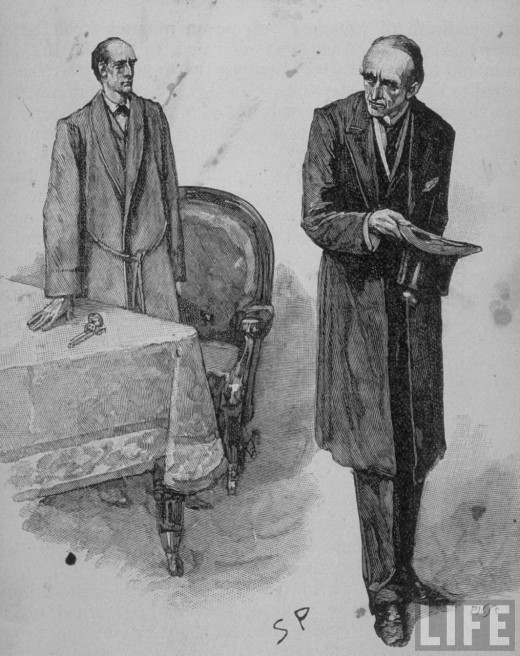
Overall Thoughts
Anthony Horowitz’ Moriarty is a well-paced, entertaining novel certain to please those looking for an engaging read set in the world of Sherlock Holmes. However, if readers hope for a novel about Holmes and Watson, they will be disappointed. Moriarty reads more like an alternate take on the style of Holmes stories, and in many ways, it deals with the legacy of Holmes: how his imitators and self-professed “students” semi-successfully attempt to apply his methods. Horowitz seems to be doing the same with Conan Doyle: taking on Conan Doyle’s style of story and making it his own. In this way, Moriarty can be read on another, meta level.
Horowitz writing as Franklin Chase rather than Watson gives the novel an original feel and allows Horowitz some freedom at describing the events, characters, and setting with a "fresh" set of eyes. Chase is a (purposely) boring character, but as a stylistic device as well as a plot device (Chase must do most of the heavy lifting due to Jones' physical condition), he serves Horowitz's purpose well. The darker tone of the novel also works to its advantage, setting it apart and befitting its ultimate resolution.
Fans of the Holmes series will most likely enjoy the references and allusions to Conan Doyle’s beloved stories, including their logical inconsistencies. For instance, Moriarty begins with Franklin Chase pointing out the fallacies in Watson’s presentation of “The Final Solution”, and much of Moriarty deals with explaining these fallacies.
However, fandom proves a double-edged sword in Moriarty, for those very same fans who will enjoy all of the Holmesian easter eggs will most likely solve the true “mystery” of the novel before its official reveal. Horowitz sprinkles so many “clues” before his big reveal that some readers may feel disappointment when it finally happens. Perhaps Horowitz was going for anticipation over surprise, but in any case, the reveal may leave the reader with more unanswered questions than not.
Regardless, Moriarty leaves the reader wanting more, and one can only hope that Horowitz plans a follow-up, the next perhaps bringing back Holmes, himself.
